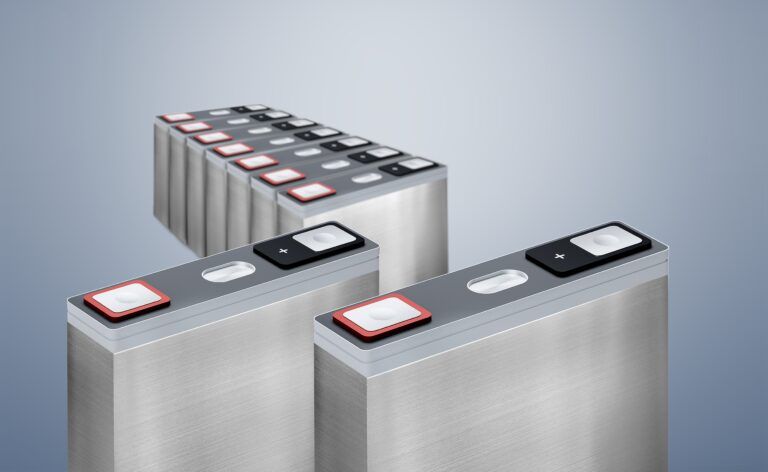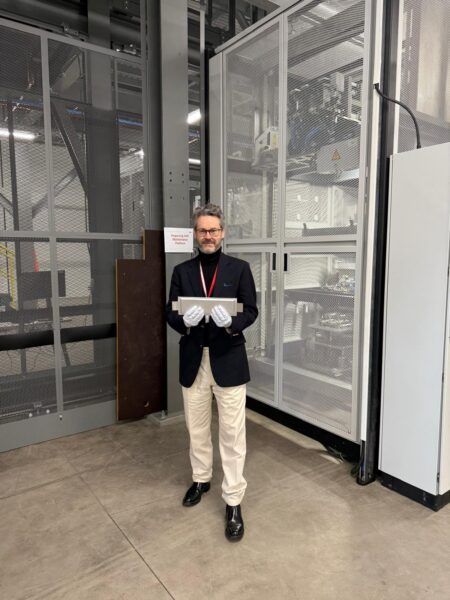A new inline inspection method that can detect particle contamination in the assembly of battery modules has been developed to help prevent battery performance impairment and fire risk.
Created by German company Vitronic, the inspection method offers OEMs and suppliers to ensure the Technical Cleanliness (TecSa) of the assemblies and increase product quality and safety. The inspection system could be used in the planned European Gigafactories.
Since battery modules are not produced in a defined cleanroom environment, they can be contaminated with particles. These arise directly in the manufacturing process, for example through abrasion. They can also originate from the environment or from previous steps in the supply chain.
Dirt particles on battery modules can, among other things, penetrate the separator foil between two mounted battery cells. Current then flows between the cell housings, creating a short circuit. The current flow heats the cell. The heat can reduce the performance of the individual cells, destroy the cells or, in the worst case, ignite them.
Vitronic has developed a new inspection system for precisely this purpose: it allows battery cells and modules to be inspected for particle contamination directly in the assembly line. A first system is already in use and is being tested. The camera sensors used can detect the smallest particles to ensure process reliability. The definition of the permissible particle size always considers required parameters such as accuracy, speed, and cost. The components are inspected directly in the line at two stations: first the sides of the individual battery cells and later the bottom of the entire assembled module. This reliably detects residual particles and ensures Technical Cleanliness in accordance with the industry standard.
As a result of recent political and business initiatives, European production of electric vehicles and batteries is increasing rapidly; dozens of manufacturing plants are planned or already under construction. In this context, Europeans follow their usual high quality and safety standards. Although Chinese manufacturers, for example, are often still pioneers in terms of technology, they apply much lower standards when it comes to quality assurance. Therefore, solutions for this cannot be adopted, but must be newly developed.
An important standard in battery cell assembly is the so-called Technical Cleanliness, abbreviated TecSa. The guideline of the ZVEI (German association of the electrical and digital industry) defines Technical Cleanliness as follows: no particles – metallic, non-metallic, fibers, etc. – may be present on components that could impair or prevent the function of the components or assemblies or the further manufacturing process.
The industry association TecSa has published two sets of rules for this purpose: VDA 19.1 (Testing of Technical Cleanliness – Particle contamination of functionally relevant automotive parts) and VDA 19.2 (Technical Cleanliness in assembly). The ISO 16232:2018 standard (Road vehicles – Cleanliness of components and systems) is the international equivalent.
Even if it is difficult to prove manufacturers assume that some fires of e-vehicles are due to particle contamination. The more batteries and vehicles are produced, the greater the likelihood of such incidents – and the pressure to develop solutions to minimize the risk.
Impurities cannot be prevented, reliable inspection methods are needed to detect them retrospectively. Ideally, testing is carried out at two process steps: during the manufacture of the battery cells (usually at the supplier) and during module assembly (usually at the vehicle manufacturer).





